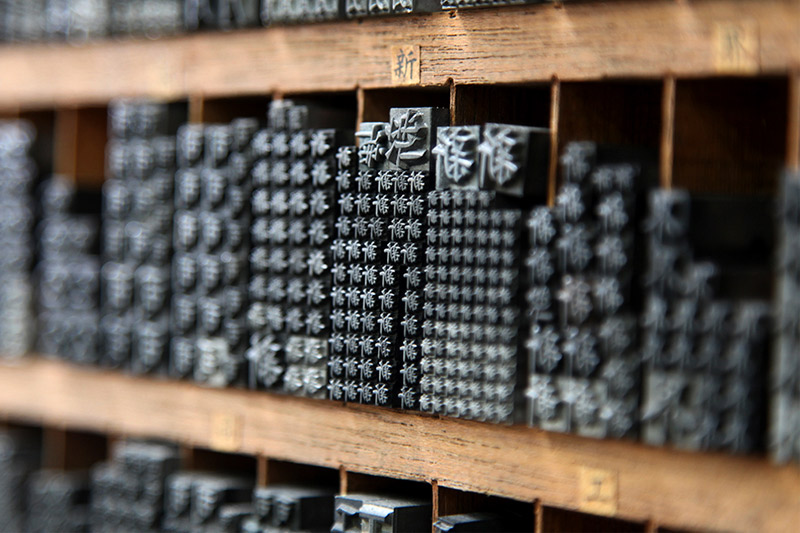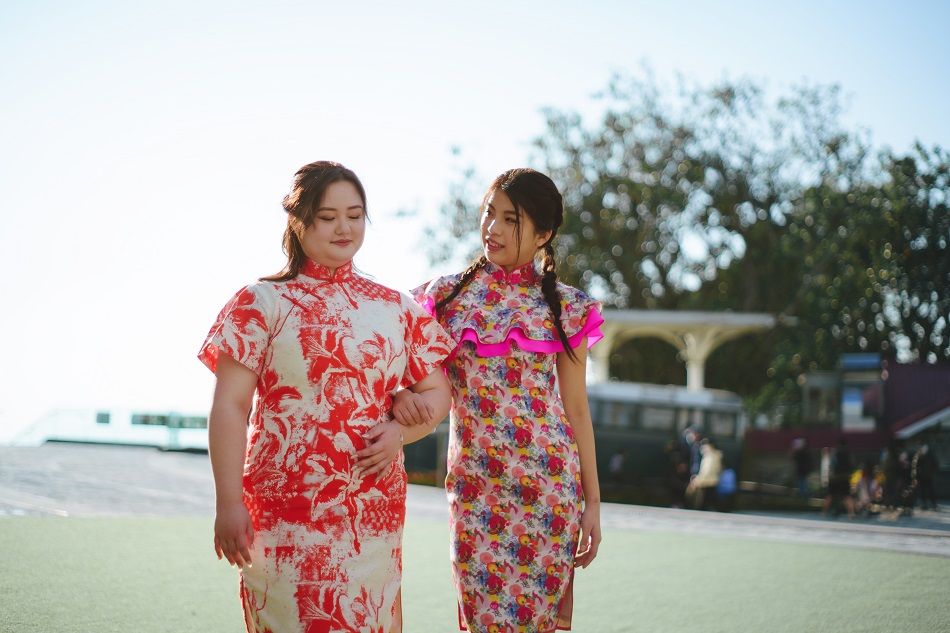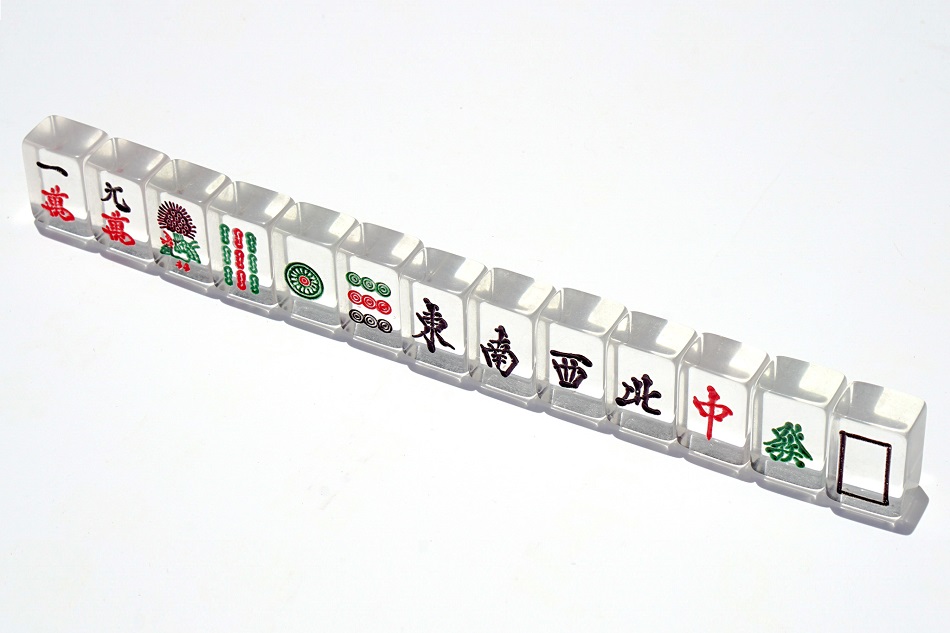Interview #04
Pinholet: Engaging Local Communities through Small Ideas
Timothée Kaplan
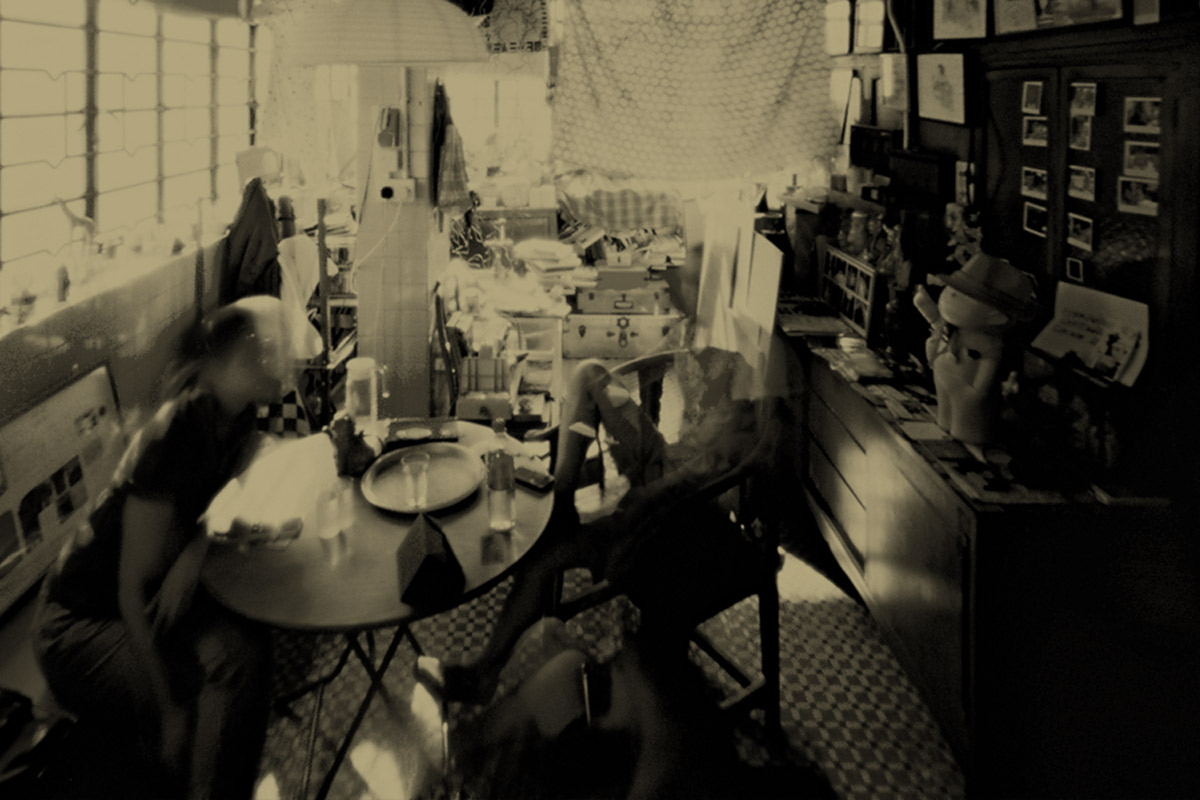
Written by RMM
Photos © Pinholet
Making a magazine is no mean feat, especially in today’s world where bite-sized stories are favoured over lengthier, meatier pieces. Pinholet, an independent magazine based in Paris, France eschews the typical short-format stories created for supposed shorter attention spans. Instead they embrace a world of tangible stories and ideas, even travelling to far-off cities to experience narratives first-hand. For Pinholet, no idea is too small to help local communities grow and cultivate their creativity.
We spoke to Timothée Kaplan, editor of Pinholet, to find out more.
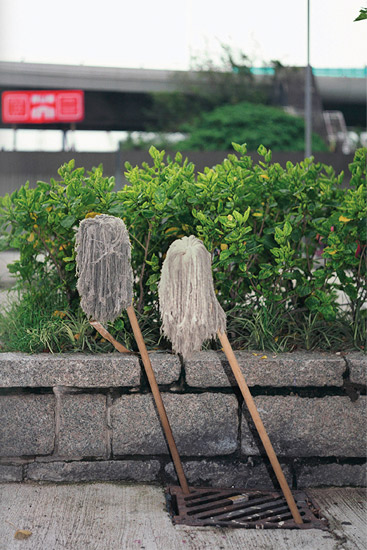
Photo © Michael Wolf
RMM: Why did you choose the name 'Pinholet'?
Timothée: When we started this magazine, we were kind of fascinated by the process of making your own camera from a piece of paper, a wooden box or any box at all, really. We named the magazine after the pinhole camera and added a playful “t” at the end to create a unique word that’s amusingly pronounced like a French word. We eventually met Martin Cheung in Hong Kong and he’s a kind of pinhole camera-hero who taught us how to make one from a piece of paper. So we actually published pinhole-made photos in the magazine.
RMM: Could you describe Pinholet for us?
Timothée: Pinholet aims at engaging local communities and working around the smaller ideas that shape their ventures and adventures. It’s about establishing a community of people who are interested in learning from each other to create new things.
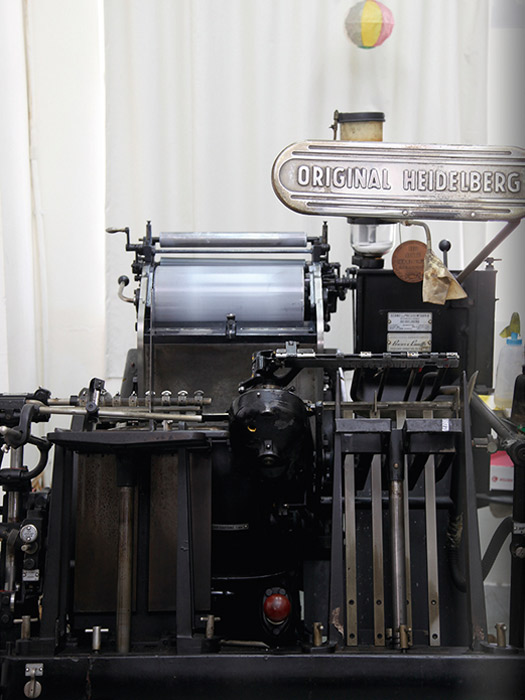
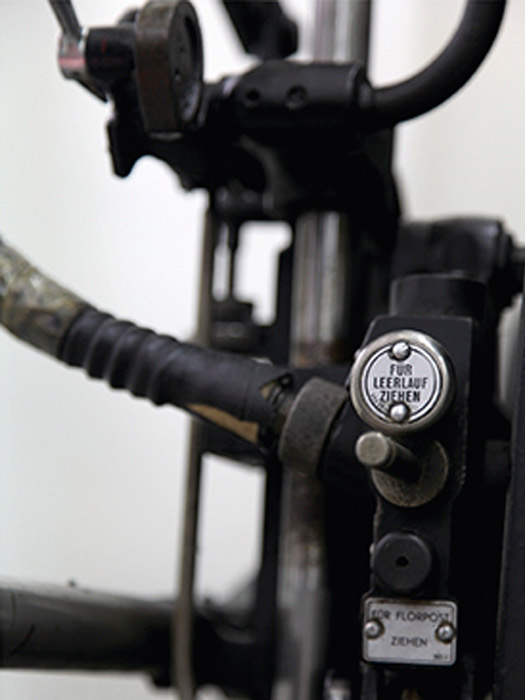
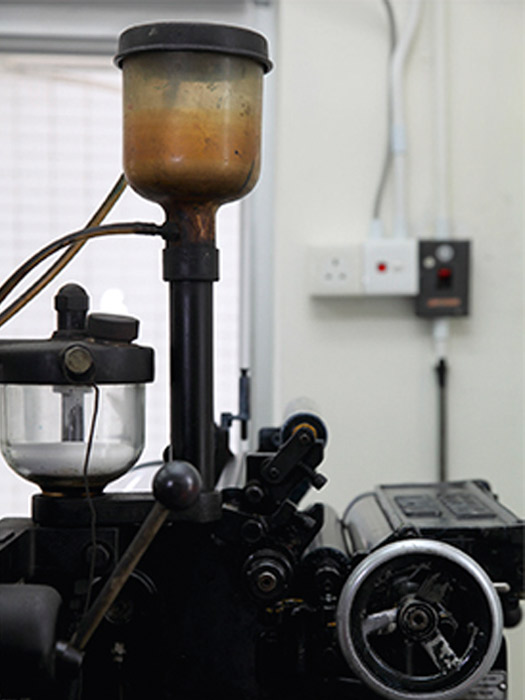
RMM: We're curious -- why feature Hong Kong as your main city for the first issue? Could you elaborate on how Pinholet found Hong Kong to be the "ideal setting to experience small-scale creativity, attention to detail and long term commitment"?
Timothée: Hong Kong is a city that’s often regarded as boring from a creative standpoint. But we found it to be a city of surprises full of unexpected creativity. We found artisans passionate about reviving old crafts, artists who engage their community and people who build new projects against all odds. We’ve also been inspired by the resourcefulness of Hong Kong-ers; they tend to give new usages to their old objects and that’s often really interesting to notice in the hustle of the city.
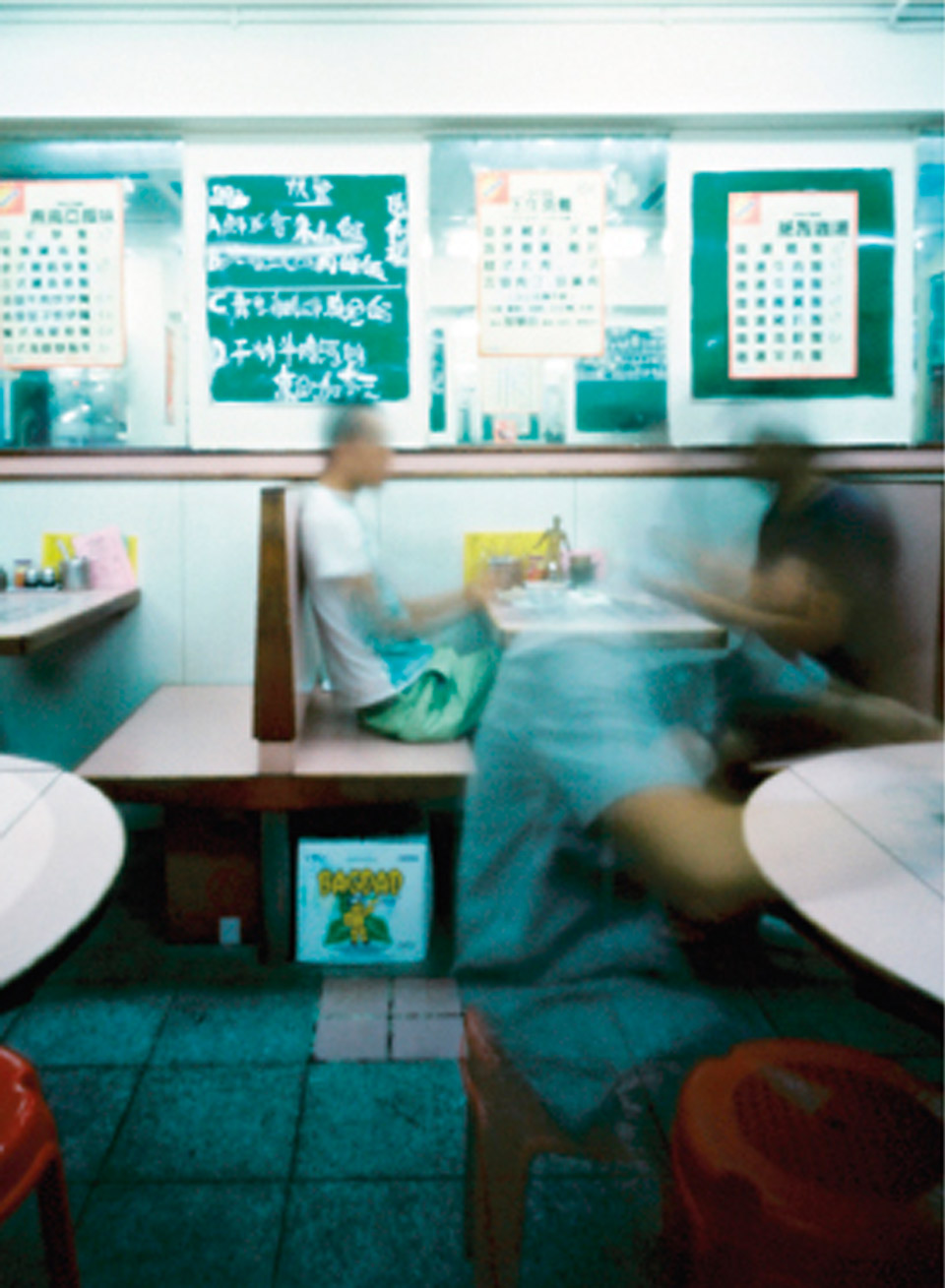
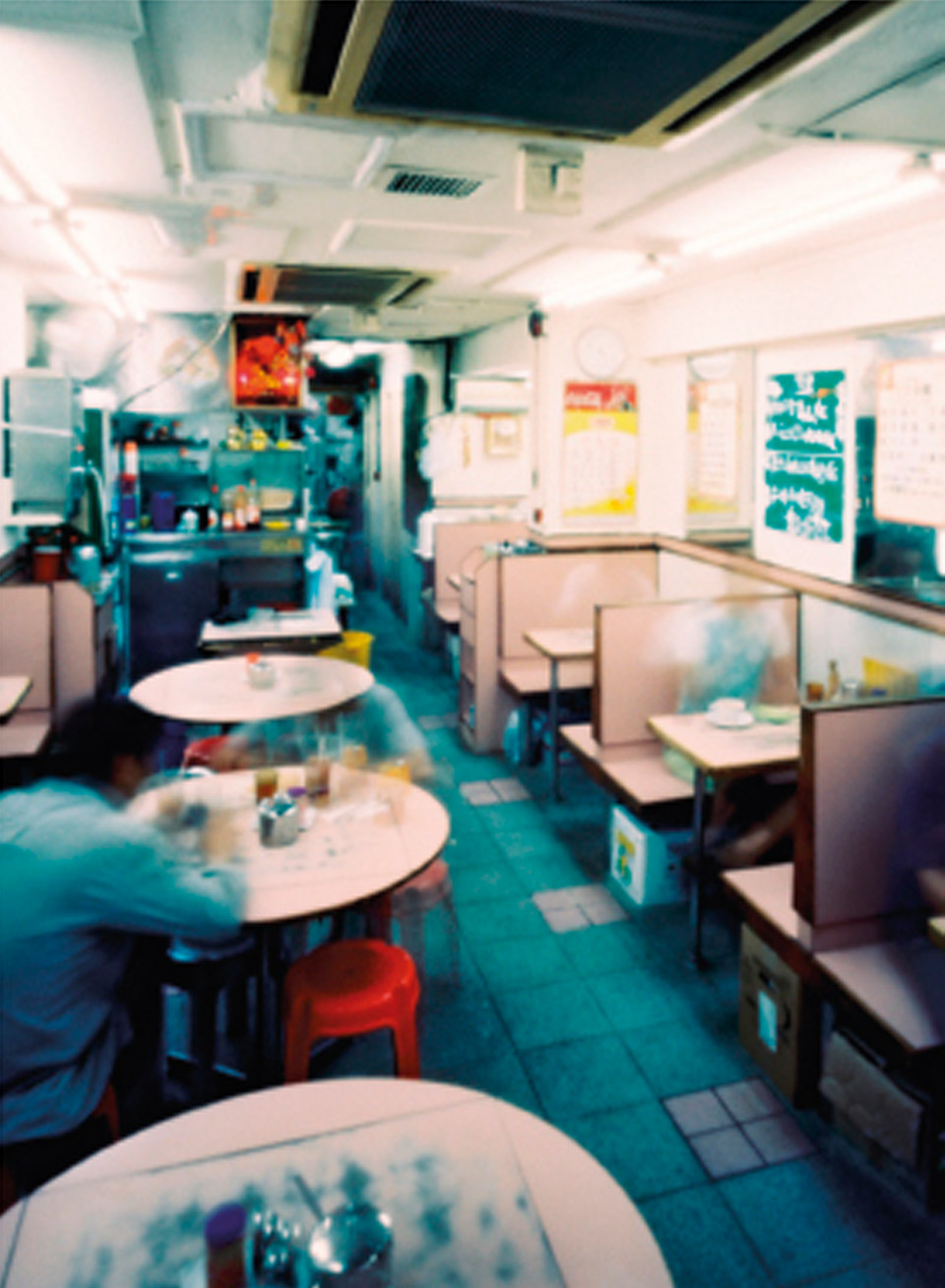
RMM: You spent a month in Hong Kong finding collaborators and makers. Was it your first time in Hong Kong? What was it like communicating in and writing about a foreign country?
Timothée: It was actually our second time in Hong Kong—we stayed in Sham Shui Po, which isn’t the most touristy place in town but arguably one of the most fascinating with its decrepit buildings and messy markets. We met our first contributors a few days after we arrived and they helped us finding other people who they thought would fit in the magazine. Each day spent in Hong Kong we met someone new and each time it was fascinating to get a clearer picture of what it’s like to live, work, create and engage the local community in Hong Kong.
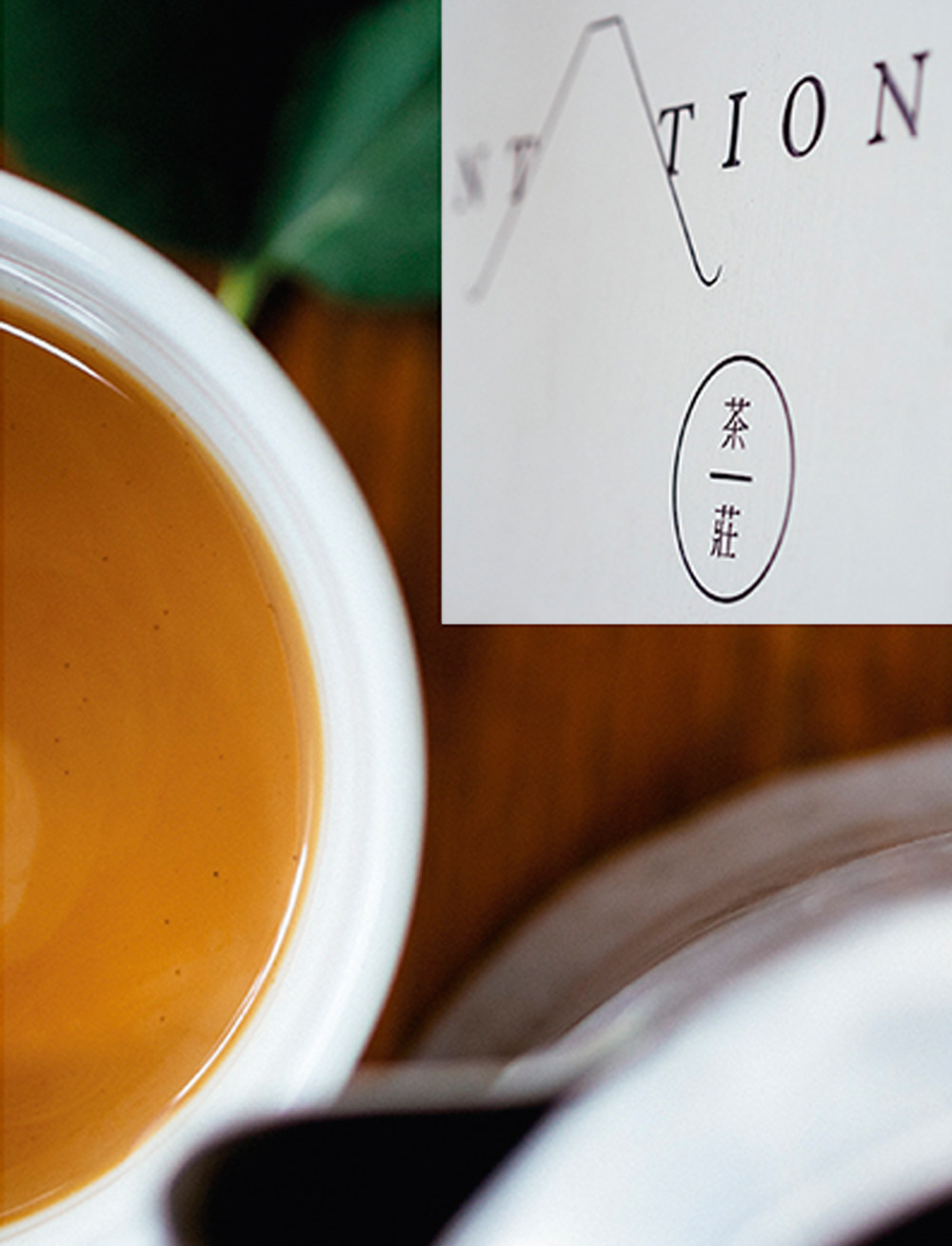
RMM: There is a wonderfully diverse mix of artisans, designers and craftsmen. How did you go about deciding whom to feature?
Timothée: Before arriving, we knew we wanted to feature some artists and artisans like Michael Leung who makes HK Honey and Bella Ip who created So…Soap!, but in the process things often changed and got way better than what we expected. We didn’t know the stories of Tom Grundy exploring the outskirts of Hong Kong would be so interesting, nor we knew we would publish an interview with local artist Yan-Kwai Wong in French. The letterpress feature was only made possible because we found the studio we visited at the very end of our stay in Hong Kong — and that actually became my favourite story. We also had the chance to publish some photos by Michael Wolf that really explain the small, more invisible side of the city.
RMM: We understand that there’s a new project in the works! How similar or dissimilar will this be to Pinholet?
Timothée: Although we were planning on making two issues of Pinholet per year, we realised we were much happier with our Hong Kong issue than we would have been with a constant publishing model. We’ve been allowing ourselves a year to grow our project and that’s why we’ve been quiet lately. The purpose will remain very close to that of Pinholet: we’ll remain honest, friendly and we’ll still explore local communities.
We would like to express our gratitude to Timothée for the short interview. For more information about Pinholet, please visit its Facebook page: https://www.facebook.com/Pinholet
